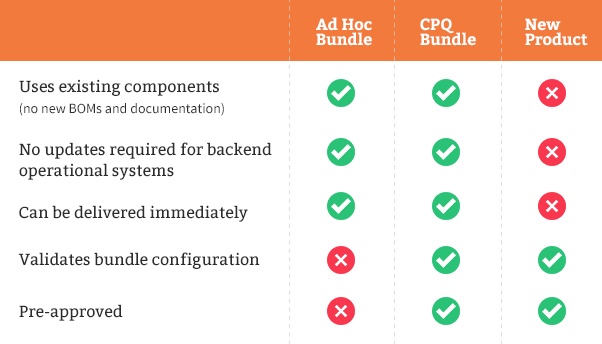How often do you find that your product is a pretty good -- but not perfect -- fit for your customer’s needs? Or hear yourself saying, “If I could combine options from several offerings, I’d have a perfect product?”
Anticipating customer needs is always challenging because the needs are constantly evolving and so are the competitive offerings. It is hard to develop a product that exactly meets customer requirements. During my product management days, I spent a lot of time analyzing the market trends, understanding customer needs and positioning against competitive offerings.
But there were always fits and gaps for particular customers. Trying to sell a customer a not-quite-right product is “productizing” the customer. It’s like when the shoes you’re trying on are painful and too short, but the salesperson says, “They’ll stretch.” You’ve been productized.
As I dealt with this challenge, I found a book published by Miller Heiman called “Conceptual Selling.” Its premise really resonated with me: “In a highly competitive environment, where buyers have a vast array of choices, ‘customerizing’ the sale is the only way the seller can survive, long-term.”
So how can you customerize to achieve the right fit? I think there are three possible solutions.
First, speeding up the product development cycle is desirable but typically doesn’t allow you to address immediate needs. There is just too much to do, even if you are using existing components:
- Define the components of the solution
- Create the high-level bundle
- Develop the bill of materials (BOMs) and any associated production documents
- Update the Product Master
- Update the Pricing Master
- ...

Second, manually building ad hoc bundles of products and services as needed misses the rigor of traditional product offerings. Components can get excluded, products may be incompatible, and volumes may be wrong. Additionally, pricing and discounts may be applied incorrectly. Typically we get around that through reviews and approvals, which delay the sale and increase the selling overhead.
The best solution is to leverage a Configure-Price-Quote (CPQ) application. It allows you to quickly build new bundles with existing products and services and avoid the problems normally associated with a poorly constructed solution. For example, you can include the following:
- Bundle pricing that can scale with the component quantities or remain independent of the components
- Rules to ensure compatibility among products
- Rules to exclude options and accessories based on other component selections
- Validation rules to confirm selections and volumes
- Application of discounts based on product, customer, partner or distributor
- Automated generation of quotes and proposals



